You might be surprised but Christmas is not the only new year tradition which is observed across the world; Nowruz is, too.
Nowruz, or the Persian New Year, with its Iranian origins, is a two-week-long tradition of joyful experiences, loving moments and connectedness, and is celebrated in many countries besides Iran, including Afghanistan.
Usually falling on or around March 21 on the Gregorian calendar, the tradition is over 3,000 years old and spans across various cultures with their many nuances in how they come together to mark the start of a new year; and it’s no different with Afghanistan and how the country celebrates Nowruz. There are some similarities, but also some differences between Afghan and Iranian versions of Nowruz celebrations, which make the occasion all the more interesting to observe.
Of course, not all ethnic groups in Afghanistan celebrate Nowruz, but many do. Much like Iran, Afghan people start preparing for the new year (starting on the first day of the Afghan month Hamal) a few days beforehand, mostly after Chaharshanbe Suri, which is the eve of the last Wednesday before the turn of the year, and practically the last tradition of the ending year, which both Afghans and Iranians observe.

The most important preparation for Nowruz is, of course, Spring Cleaning. If the year is turning new, and nature is too, so why not our homes? The house cleaning, as is also customary in Iran, includes giving the walls a fresh paint, having the carpets and the curtains washed thoroughly, all windows and the floors squeaky clean and shining, and buying new furniture if possible, and if not, giving the rooms a new look by moving the old furniture around.
Buying new clothes and wearing them during the Nowruz holidays is also another important element of the celebration. The tradition most likely has its roots in this thinking: if nature is donning a new look in spring, so should we the people who are indebted to nature for its generosity. In fact, Nowruz is in perfect harmony with nature, and in Afghanistan, it is alternatively called Farmer's Day.
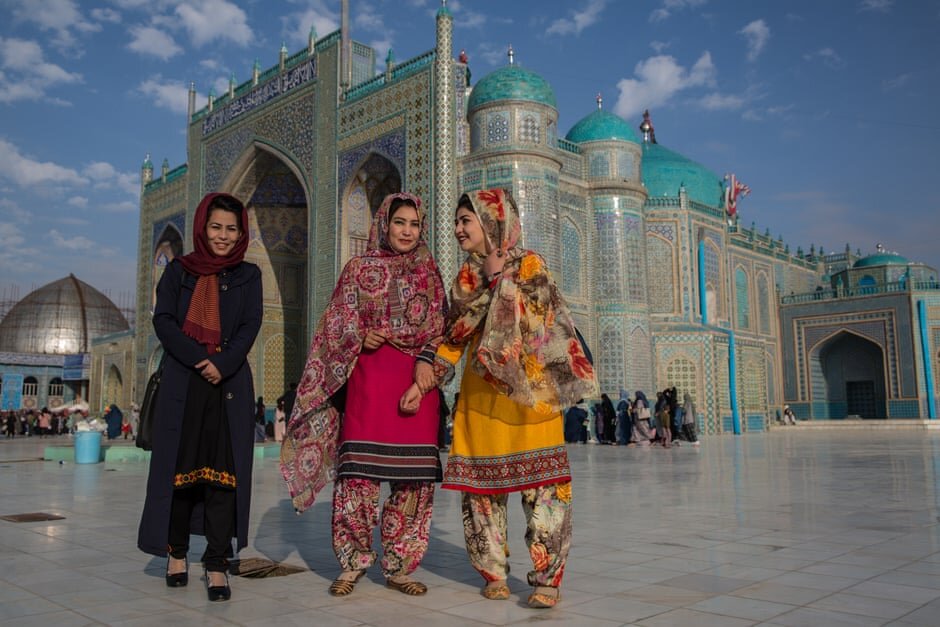
Once the cleaning is done, and it’s the eve of Nowruz, Afghan people, like Iranians, start preparing the key feature of the celebration, namely the Haft-sin, or the Seven S’s. These seven symbolic items that people traditionally arrange on a piece of cloth include Sabzeh (lentil sprouts), Samanu (pudding), Senjed (Persian olive), Serkeh (vinegar), Seeb (apple), Seer (garlic), and finally Somaq (sumac). Each item has a symbolic meaning and its inclusion represents light, joy, luck, and all the positive energies associated with the holiday.
Something that is unique to the Afghan tradition of Nowruz, however, is the preparation of Haft Mewa (seven fruits), which is like a fruit salad and made of a mixture of seven different dried fruits and nuts (such as raisins, cherries, pistachios, hazelnuts, prunes, walnut, and almonds) served in syrup and in a bowl. It is indeed a very tasty treat and in some households, a bowl of Haft Mewa would completely replace the Haft-sin, while some others would have both.

On the day of Nowruz itself, the official celebration begins with the raising of a special banner in the color configuration of Derafsh-e Kaviani (the legendary royal standard of Persia since ancient times until the fall of the Sasanian Empire) at Blue Mosque in Mazar-e-Sharif, which is traditionally known as the country’s capital city for Nowruz.
The site is visited on Nowruz by many Afghan people (over a hundred thousand) who touch the flag for good fortune in the New Year. The tradition is called Jahenda Bala and attended by high-ranking government officials.
Another Afghan tradition that is central to the Nowruz celebration is called Guli Surkh festival, literally meaning Red Flower, which refers to the red Tulip flowers covering the green plains and hills surrounding the city of Mazar. The beauty of the landscape draws people from all over the country to these flower-covered hills, where they perform various activities and customs including the Jahenda Bala event and the Buzkashi games.
Buzkashi (literally "goat pulling" in Persian) is a sport popular in Central Asia, where players ride on horses attempting to get a goat or calf carcass into a goal. Nowruz marks the end of the buzkashi season and draws large crowds of men into the outskirts of the city to watch the last game.
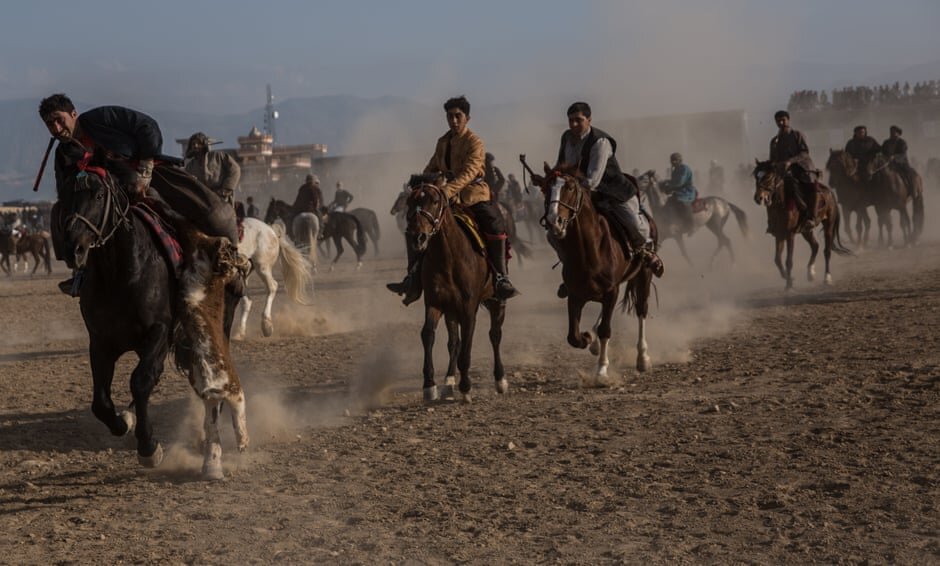
On the hills, or on city rooftops, some Afghan families engage in the famous “kite fighting” competitions. The sky over Kabul takes on the many colors of all kinds of kites and it is a beautiful sight to behold.
While samanu (or samanak as is known in Afghanistan) is one of the seven S’s of Haft-sin, the preparation of this sweet dish made from germinated wheat has also turned into a tradition held on the eve of Nowruz or a few days before, and attended by a group of women who spend the whole night till morning cooking it and singing a special song over a large pot.
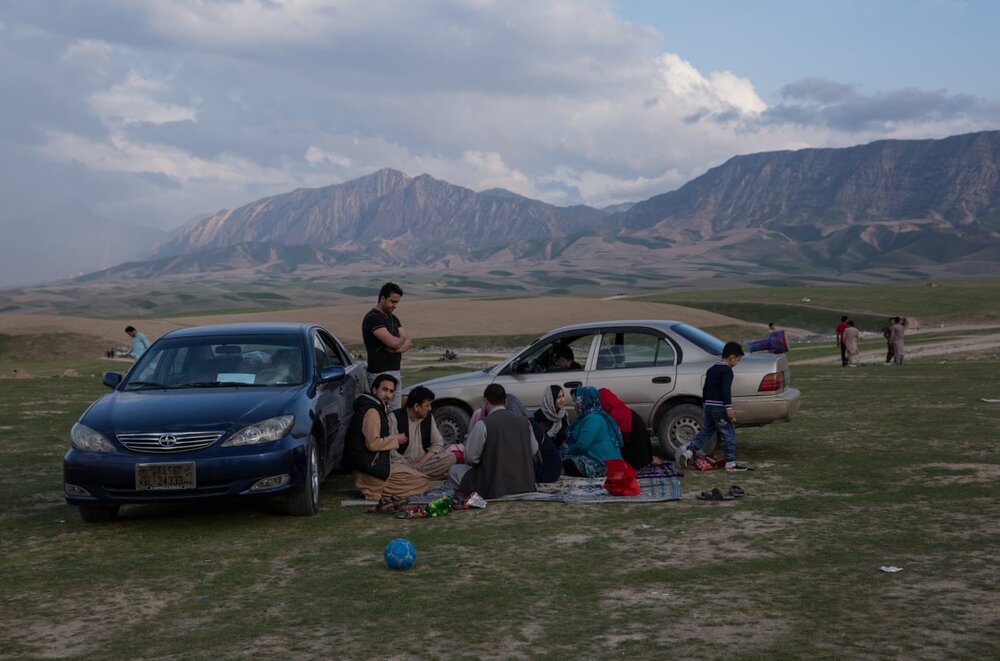
As the first day of Nowruz draws near the evening, families gather together to feast on a variety of special cuisine, namely Sabzi Chalaw (a dish made from rice and spinach), Kulcha-e Nuruzi (a special type of cookie only baked for Nowruz), and Fried Fish and Jalebi, which is another type of sweet snack, also popular in Iran (but during Ramdan instead of Nowruz, and also called zulbia).
One good thing about those cultures that celebrate the New Year in spring is of course the breathtaking scenery of green trees and blooming flowers, giving the city a look of tranquil and a fresh, sweet scent to the air. As such, in Afghanistan, the Cercis fields are a popular destination for picnic-goers during Nowruz.
While nature is in its most generous spirit, Afghan farmers celebrate Jashn-e Dehqan (The Festival of Farmers) by coming to the cities and exhibiting their agricultural productions. The event is usually attended by the mayor and other high-ranking officials who participate in watching the process.

And there is a mascot, too. Kampirak, an old, long-bearded man in colorful clothes, with a long hat and a rosary, is to Afghan Nowruz what Santa Claus is to Christmas. He and his retinue pass village by village, especially in central provinces of Afghanistan, such as Bamyan and Daikundi, distributing gathered charities among people and reciting poetry. According to Afghan folklore, Kampirak symbolizes beneficence and the power of nature that brings the forces of winter to their knees.
Nowruz in Afghanistan, as in many other countries that celebrate it, heralds the beginning of new things, and a new day, as suggested in the very name itself. This year, with the coronavirus pandemic and many deadly attacks, some Afghan people did not get the chance to see the turning of the year. Here is hoping that the upcoming New Year will be a time of more peace and many beautiful happenings.
MNA


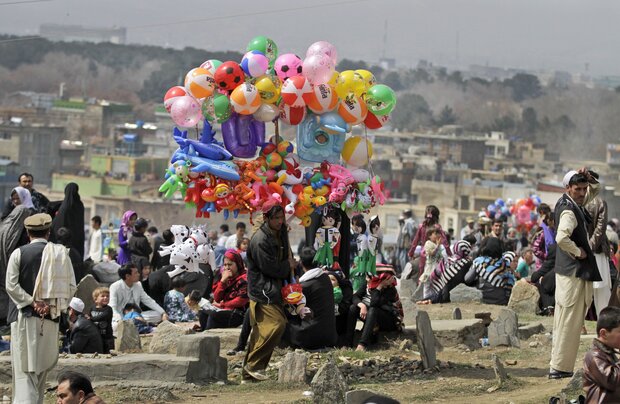

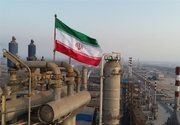



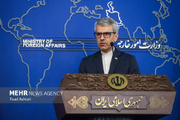

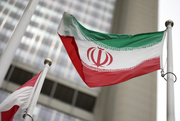



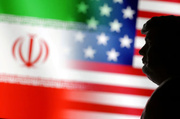










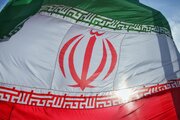
Your Comment